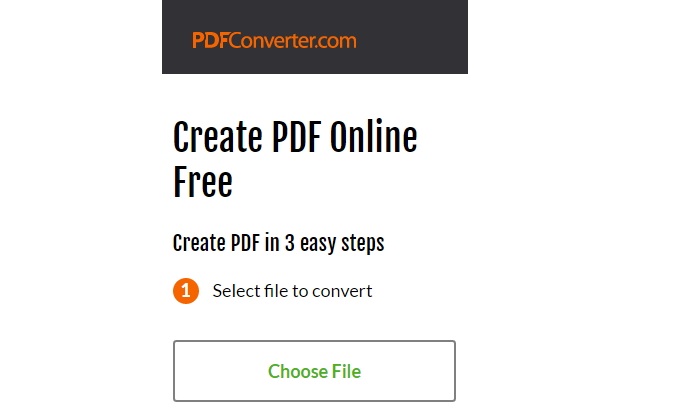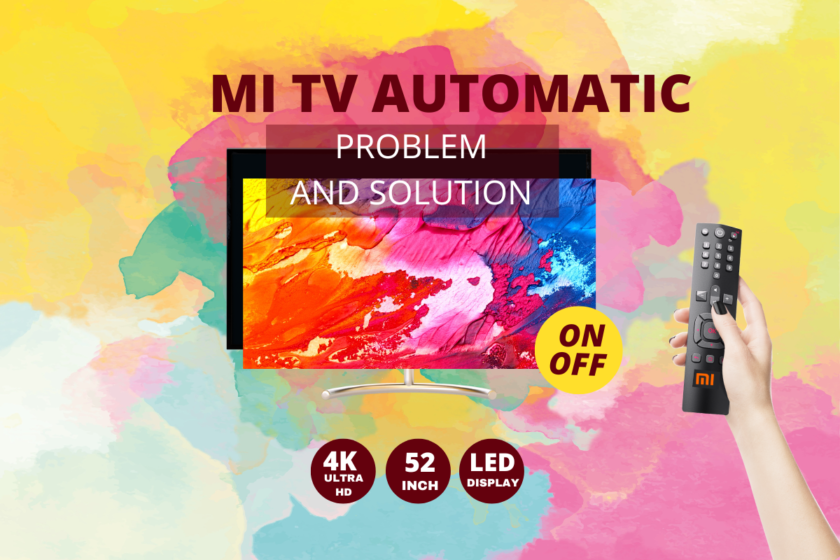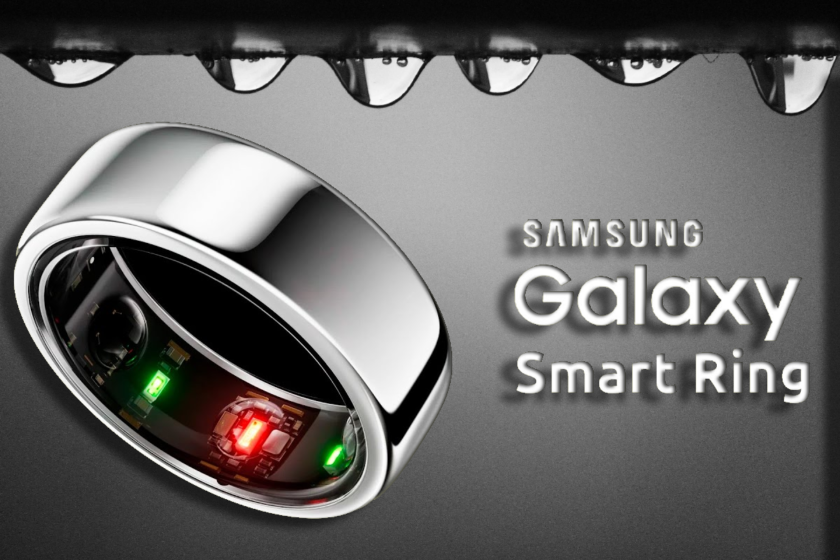For a lot of people who operate in different areas of business, the storing of digital images can easily become quite an issue, but the answers to such problems are often left ignored. The majority of users feel that there is not much that can be done regarding this, but the reality of the situation is pretty opposite. For some individuals who might not yet fully comprehend this problematic, we shall start from the beginning, gradually covering all the details of the narrative.
In what format are images usually stored on a computer?
Almost all pictures that can be found on the world wide web, and pretty much all digital cameras save images in JPEG format. This format was developed by Joint Photographic Experts Group (hence the acronym), and was initially released in 1992. It’s basically a lossy compression system, and the user can choose between sacrificing either the quality of the image, or its size.
The bigger the compression, the smaller the size of the file, but the overall quality of the file will diminish. On the other hand, if a user chooses a smaller compression, the file will be much larger, but the quality will remain great.
In a nutshell, the JPEG is quite a versatile format, allowing you an impressive amount of control over it.
If you have a great number of JPEGs on your hard-drive, what can be done?
If you have images in abundance that are clogging your computer, a good idea would be to convert them to PDF, and there are a couple of logical reasons behind that suggestion.
The first good reason to do it if that each individual PDF is smaller than a JPEG, because it compresses the data of a file much more densely. So if you’re having problems with free space, it can surely be of great assistance.
The second reason is print, and while printing JPEGs can be very troubling because of the difference of the so-called Pixel dimension which differs when the file is viewed on a screen and when it’s sent to printing, using a PDF to print your photos is perfect, because the end-result is always the same to the preview on the computer.
The third argument is in case you’re sending some important documents that you took a picture of, and you require for it not to be edited by the person you’ve sent it to. In that instance the PDF is exactly what you need, because once you create a PDF out of JPEG file, it automatically becomes a read-only file, and no changes can be made to it, or at least not easily at all.
As a solution to this, we will introduce to you a capable online tool with whom you can transform your JPEGs to PDF in a matter of moments.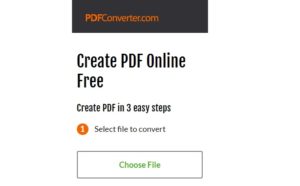 Using PDF Converter’s Free Online PDF Creation is as simple as it gets, and the first thing that needs doing is selecting the JPEG you want to convert.
Using PDF Converter’s Free Online PDF Creation is as simple as it gets, and the first thing that needs doing is selecting the JPEG you want to convert.
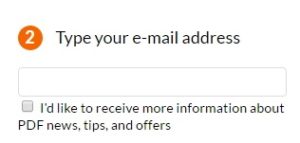
Once you’ve chosen the JPEG, you’re required to enter a valid email address, where the link to the download page will appear once the process is completed.
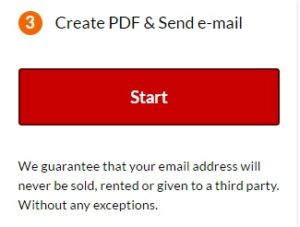
Click on the start button and the tool will commence with the conversion. The time needed for the operation to be completed is quite short, usually around a minute, but is conditioned by the size of the JPEG.
Hopefully you now have a slightly deeper understanding of this particular issue, and be sure to try this tool out if you’re having problems with your ghastly JPEG images.
